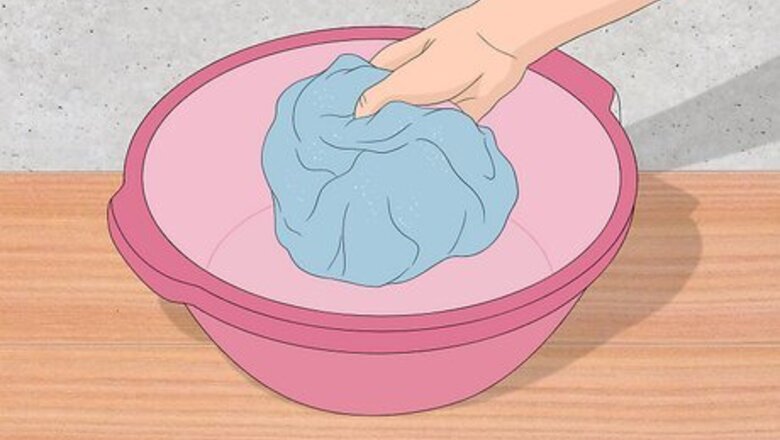
views
Hand-Washing Clothes to Remove Fiberglass
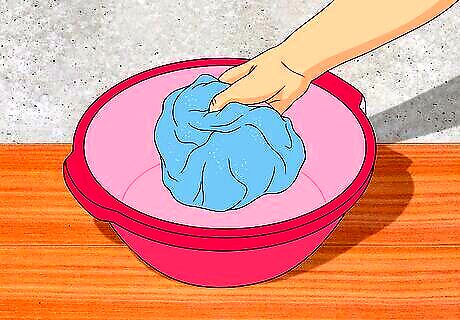
Remove clothing in an open area to avoid cross-contamination. Step into an area with minimal materials for the fiberglass to latch onto. As you remove the clothes from your body, place them in a plastic basin. Be sure to place the contaminated clothing in its own bin to avoid spreading fiberglass to other pieces of clothing. If you’re experiencing skin irritation or a rash, you may have fiberglass in your skin. To remove fiberglass from your skin, wash the exposed area with soap and water. Use a piece of duct tape or tweezers to remove visible splinters.
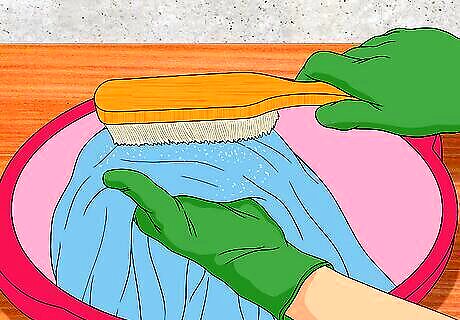
Brush the fabric with a soft bristle brush to remove fiberglass. Slip on a pair of latex gloves to protect your hands. Use a soft bristle brush to remove any lingering fiberglass over the basin. If you don’t have a bristle brush, use duct tape or a lint roller to lift fiberglass from the fabric.
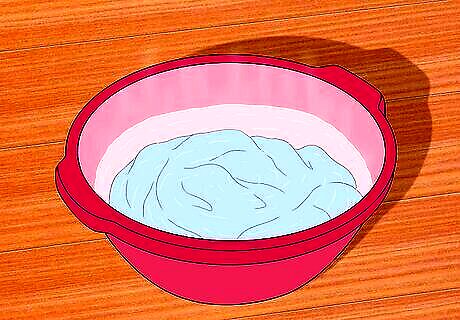
Fill the basin with warm water and soak the clothes for 15 minutes. Fill a basin with warm water until it reaches two inches away from the rim. Let the clothes soak for 15 minutes to loosen the fiberglass. Rub the fabric together to remove the remaining fiberglass. You may also soak the clothes in apple cider vinegar, white vinegar, or rubbing alcohol for 15 minutes to help dissolve the fibers.
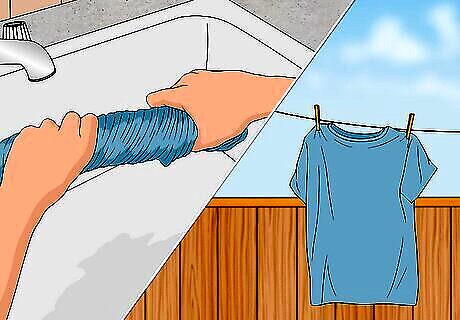
Put the clothes in the dryer or air dry. Twist and drain the clothes of excess water. Pour the remaining liquid carefully down a sink or bathtub drain. Hang the clothes to dry for 24 hours. You can put them in the dryer on high heat. However, ensure the dryer is empty, and the only fabrics inside are the clothes you’ve just washed. This helps avoid cross-contamination if any fiberglass is still lingering on the material. Some say they’ve had to thoroughly clean their clothes two to three times to get rid of fiberglass, depending on how exposed they were to the material. Keep this in mind as you clean your clothes.
Removing Fiberglass from Clothes in a Washing Machine
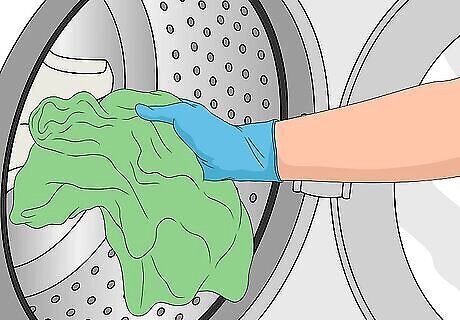
Place the clothing into an empty washing machine. Slip on a pair of latex gloves when handling clothes contaminated with fiberglass. To avoid transferring fiberglass to other clothes, wash them separately.
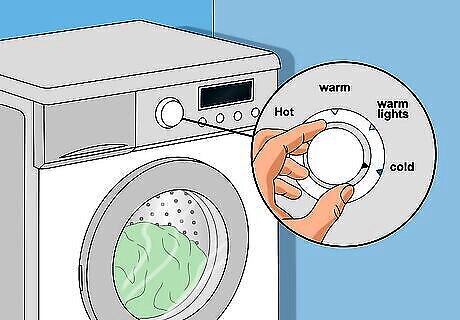
Run the clothes through a regular wash on the cold water setting. Add your preferred laundry detergent and fabric softener, and set the water temperature to cold. You may need to run the wash twice to ensure all of the fiberglass is removed. For a deeper clean, add half a bottle (64 ounces) of apple cider vinegar and a sprinkle of baking soda to help loosen and dissolve the fiberglass. It’s a safe alternative to harmful chemicals.
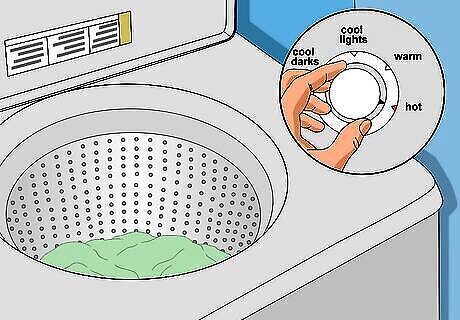
Put the clothes in the dryer and dry them on high heat. Before you toss your clothes into the dryer, check the care label to ensure the material is dryer-safe. Put the dryer on the highest setting that is safe for your clothes. Some recommend adding two or three fabric sheets so any loose fibers can stick to the sheet. Use latex gloves when removing lint from the lint tray to avoid splinters.
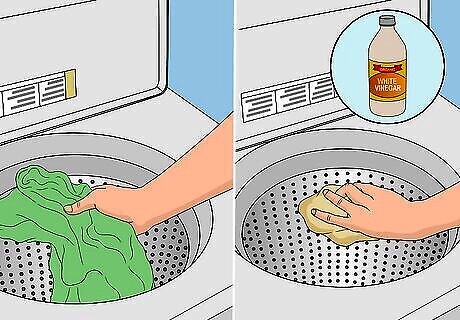
Remove fiberglass from your washing machine with an empty cycle. Once your clothes are clean, remove them from the machine. Take a vacuum cleaner with a HEPA filter to capture loose particles. Wipe the surface with a dampened microfiber cloth and vinegar. Then, add a cup of white vinegar and run a hot cycle to ensure a thorough clean.
How to Keep Fiberglass Off Your Clothes

Wear loose-fitting, long-sleeved clothing. When working with fiberglass, leave the cute gym fit for the gym. Instead, choose loose-fitting, long-sleeved clothing to reduce skin contact and irritation. Fiberglass has an easier time sticking to taut clothing, which can make the garment uncomfortable and leave you with invisible splinters. If this isn’t an option for you, invest in disposable coveralls that are fiberglass resistant.

Use eye protection and a N95 particulate respirator. Once fiberglass is disturbed, it becomes airborne and can stick to any nearby surface until it’s washed away. To avoid exposure, protect your nose, throat, lungs, and eyes by wearing safety goggles and N95 masks.

Apply a thick layer of petroleum jelly to the exposed skin. Petroleum jelly is helpful both before and after coming in contact with fiberglass. It can help relieve skin irritation and itching by absorbing the particles. Let it sit for 5 minutes before washing the area with mild soap and warm water.

Wash your skin with mild soap and cold water. Whether you feel fiberglass or not, wash your skin immediately. Avoid hot water, which opens your pores and may push the fibers deeper into your skin. Wash with mild soap, gentle shampoo, and conditioner. Repeat twice to ensure all the particles are gone.

















Comments
0 comment